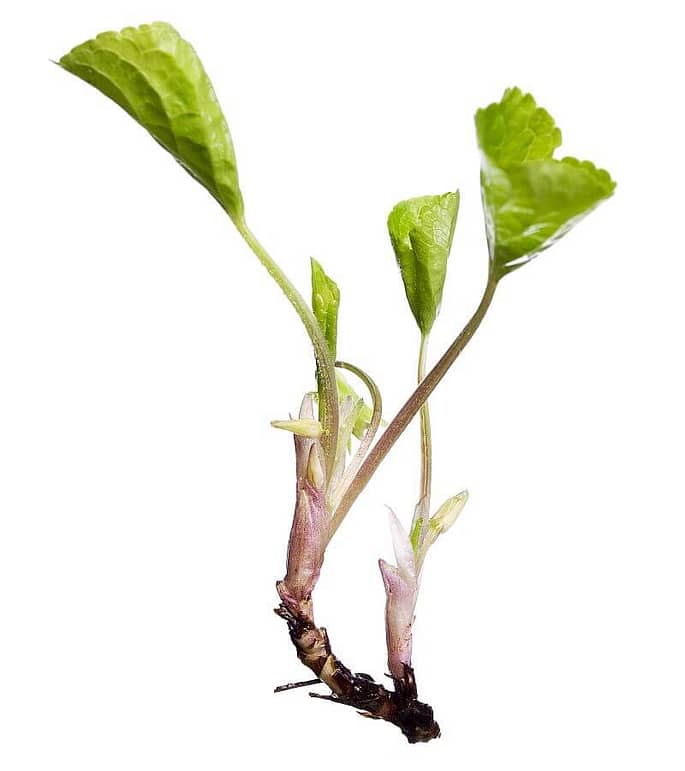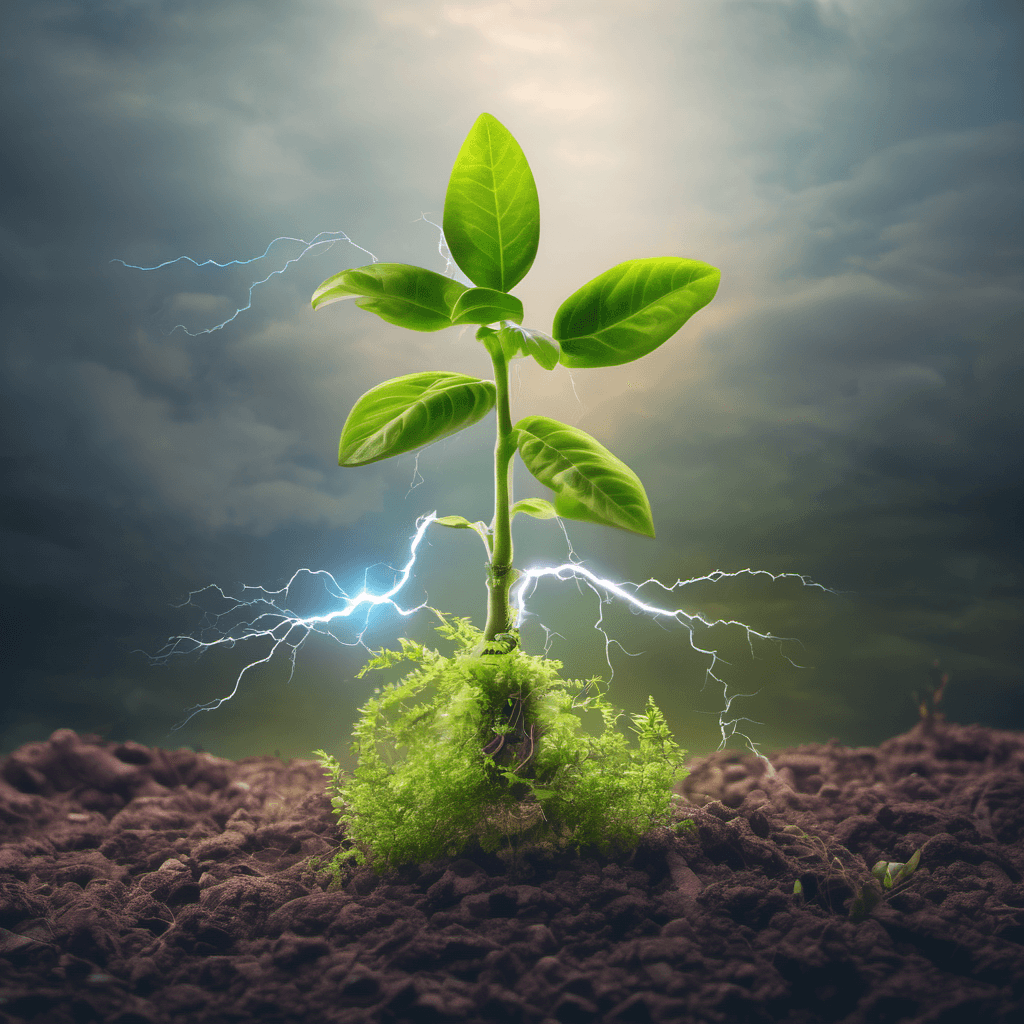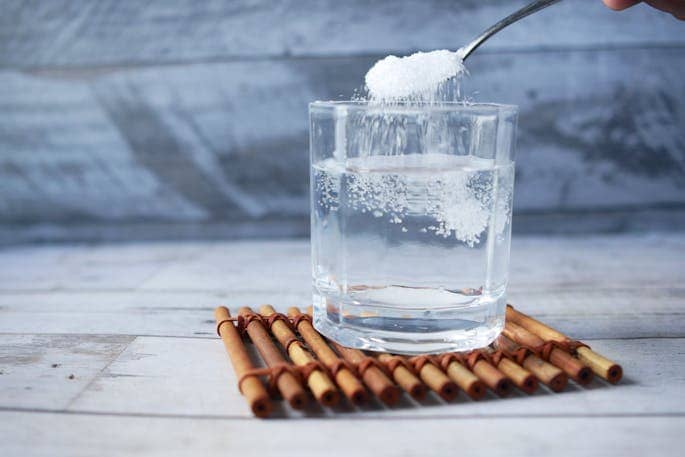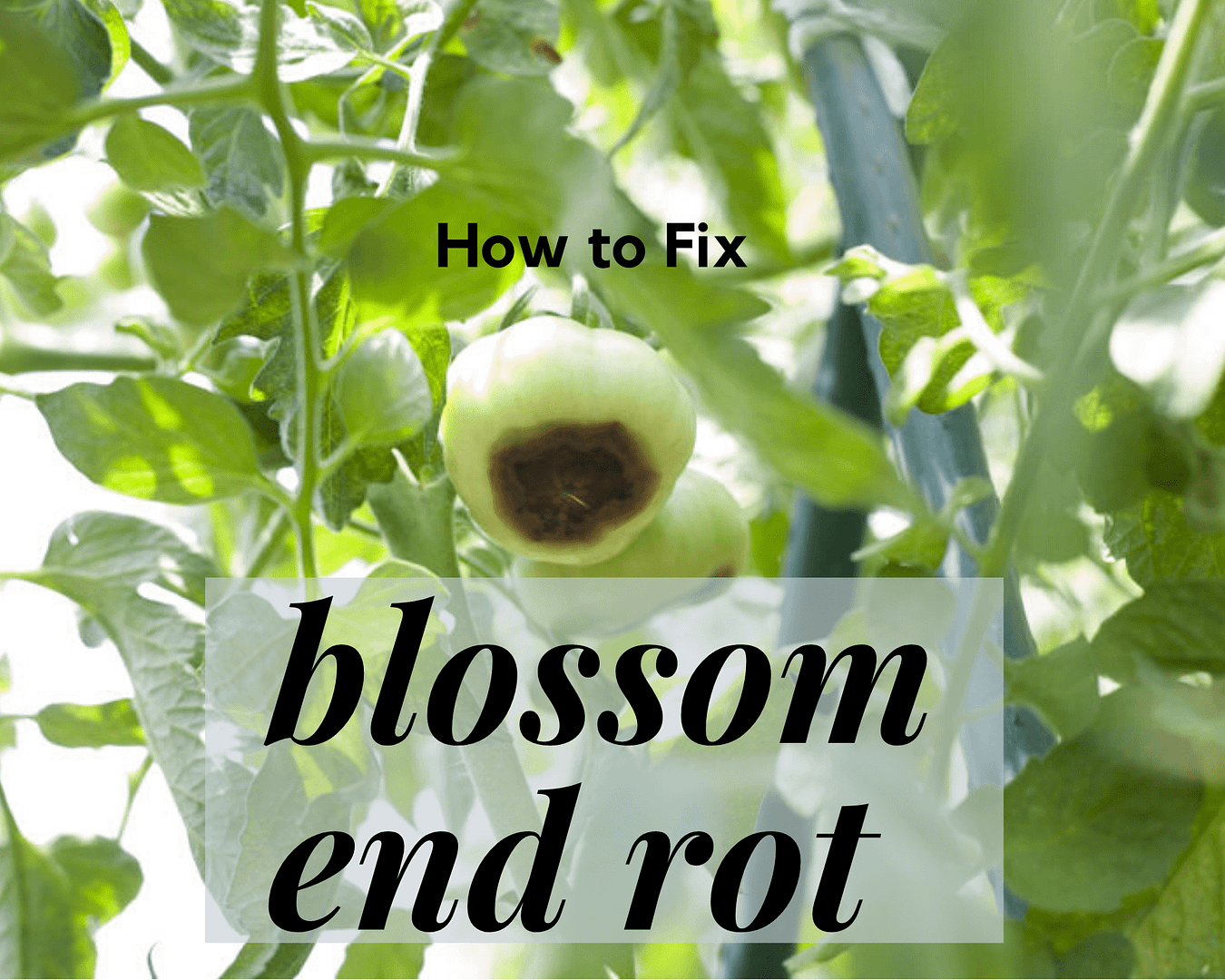This post may contain affiliate links. As an Amazon Associate we earn from qualifying purchases.
New plant starting to look ratty? It may have a case of transplant shock.
“Why is my new [insert name of plant] wilting, or losing leaves, or losing flower buds?”
Tipped off by the word “new” in the question, my answer is always “When did you plant it?”
My first instinct, if the plant was recently put into a pot or into the ground, is that it is suffering from transplant shock.
What is transplant shock?
Transplant shock is caused by root stress that occurs either when the plant was dug up in its original location or when planted into its forever home.
“It involves failure of the plant to root well, consequently the plant becomes poorly established in the landscape,” according to Paul C. Pecknold, Purdue University Extension plant pathologist.
Many university websites concentrate solely on transplant shock of trees and shrubs, but any plant can suffer from it.
Symptoms of transplant shock
- Yellow leaves at the time of year when they should be green
- Falling leaves
- Curling leaves
- Wilting
- Buds dying
- Tips of branches die back
- The plant turns brown
 What causes transplant shock?
What causes transplant shock?
There are a number of ways plants can succumb to transplant shock. Although, typically, it is a problem with the root system, and how it was handled during transplanting, there are other causes of the stress you see above-ground:
- Small root system
- Injured root system
- Not uncoiling the roots of potted plants
- Failure to keep the roots moist before removing from original pot or garden spot and planting in the new site
- Planting in an inappropriate spot (drainage problems, compacted soil, too much/too little sunlight)
- Planted too shallow or too deep
- Adding fertilizer to the planting hole, resulting in fertilizer burn to the roots
On another popular website (not exclusively about plants or gardening, but has a gardening section), the author of a blog post claims that “There is no scientific evidence that feeding plants sugar water is conducive to plant health.”
There, she is wrong. There most certainly are studies about providing sugar water to plants, but not to “feed” them, but to help in overcoming transplant shock.
One notable study was published by the International Society of Arboriculture (Use of Sugars to Improve Root Growth and Increase Transplant Success of Birch, Glynn C. Percival and Gillian A. Fraser).
The authors report on “Two field trials undertaken in 1999 and 2003.”
The researchers wanted to determine if any of several different forms of sugar, mixed with water and applied as a soil drench, would in “… influence root and shoot growth, chlorophyll fluorescence, photosynthetic rates, and leaf carotenoid and chlorophyll concentrations of birch (Betula pendula Roth).
Guess what? The drenches of sugar water, including the test using the very same table sugar we buy at the grocery store (sucrose), had astounding results.
The authors concluded that, although the sugar water application didn’t do anything for existing roots it “increased the number of new roots formed by week 6.” This is exactly what our stressed plant needs to recover: new, healthy roots.
Before you run to the kitchen for the sugar, understand that these studies were performed on birch trees, not tomato plants, houseplants or that citrus tree in the garden.
I currently have a young tangerine tree experiencing transplant shock and I’m toying with the idea of using the sugar water on it as a casual experiment. (UPDATE: It worked! I am astounded as that young tree was surely dying).
Oh, the amount of sugar to water concentration used in the study, in case you’re wondering, 70 g/L (10.3 oz./gal).
The claim that drives me nuts is “Add vitamin B1 or Superthrive to the soil” to “cure” transplant shock.

Is there a way to avoid transplant shock?
Sometimes you can do everything right when you transplant a tree, shrub or even a seedling and it just fails to thrive. But the pros at our universities nationwide have some tips to lessen the chances you’ll face transplant shock of your plants.
- If you have a planting location chosen, ensure the plant you’re buying is suited to the conditions of the location.
- If you can, check the root system of any plant that you purchase from the store. If it appears much smaller than it should be, put it back and find one with a more robust root system.
- When transplanting seedlings, harden them off first. You’ll find information on how to do this in our post Gardening Terms for Beginning Seed Starters. I always harden off plants I bring from the nursery too.
- When you remove a plant from a pot to transplant, check the roots. If they are coiled, gently uncoil them.
- Plant in the evening or on an overcast day.
- Be very gentle with the roots. Don’t shake them or try to dig out the soil in the middle of the root ball. This is especially true for plants with extra-sensitive roots, such as bougainvillea, nasturtium, sunflowers and seeds from a packet that say to “direct sow.”
- Keep the plant’s roots moist from the time you remove the plant from the pot until you plant it. Don’t allow the roots to dry out at all.
- Plant at the proper depth. For trees, this means that the root flare should be exposed above the soil.
- Gently flare the roots out across the bottom of the hole; them to remain scrunched up.
- Never put fertilizer in the planting hole, regardless of what you read on the internet or see on a YouTube video. It may burn the already stressed roots.
- Ditto on soil amendments. When planting perennials, use the excavated soil to backfill. “The practice of amending the soil … harms the plant by creating an interface where the soil in the planting hole is different from the native soil,” according to Jeannette E. Warnert, Agriculture and Natural Resources, University of California. This acts as a barrier to roots and water.
- As you backfill, stop at about the halfway mark and fill the rest of the way to the top with water. This not only allows for moist soil below the roots when you’re finished, but it also helps remove air pockets in the soil. When the water drains, finish filling the hole and then give the plant another soaking.
- Yes, newly transplanted plants need lots of moisture, but don’t be tempted to overwater. The soil should have the moisture content of a well-wrung sponge.
Phew! This all sounds like a lot of work, doesn’t it? But it’s a major component of gardening successfully.
The good news is that, according to researchers, if planted correctly, most plants won’t succumb to transplant shock. Worth the time, effort and care, right?







